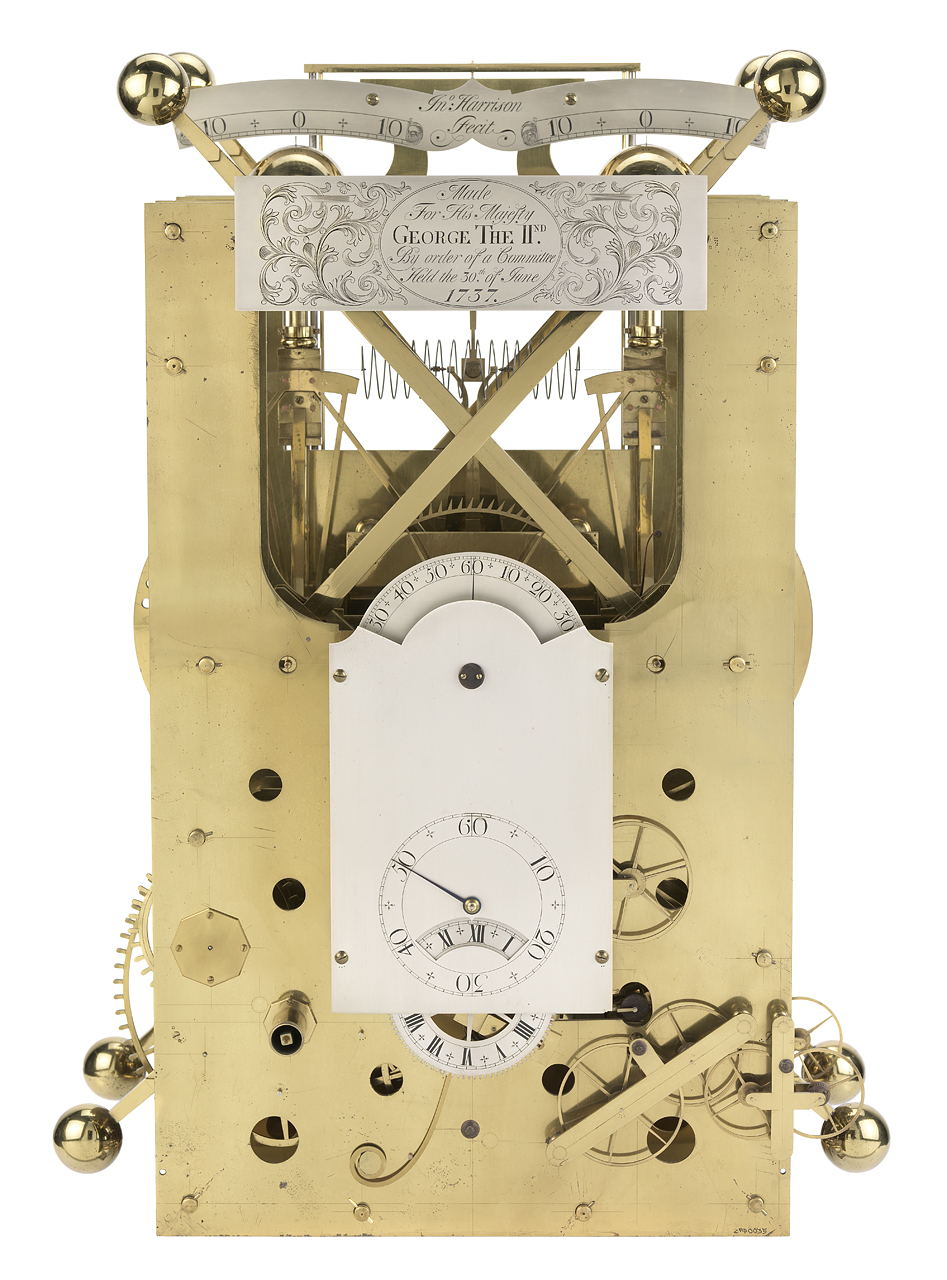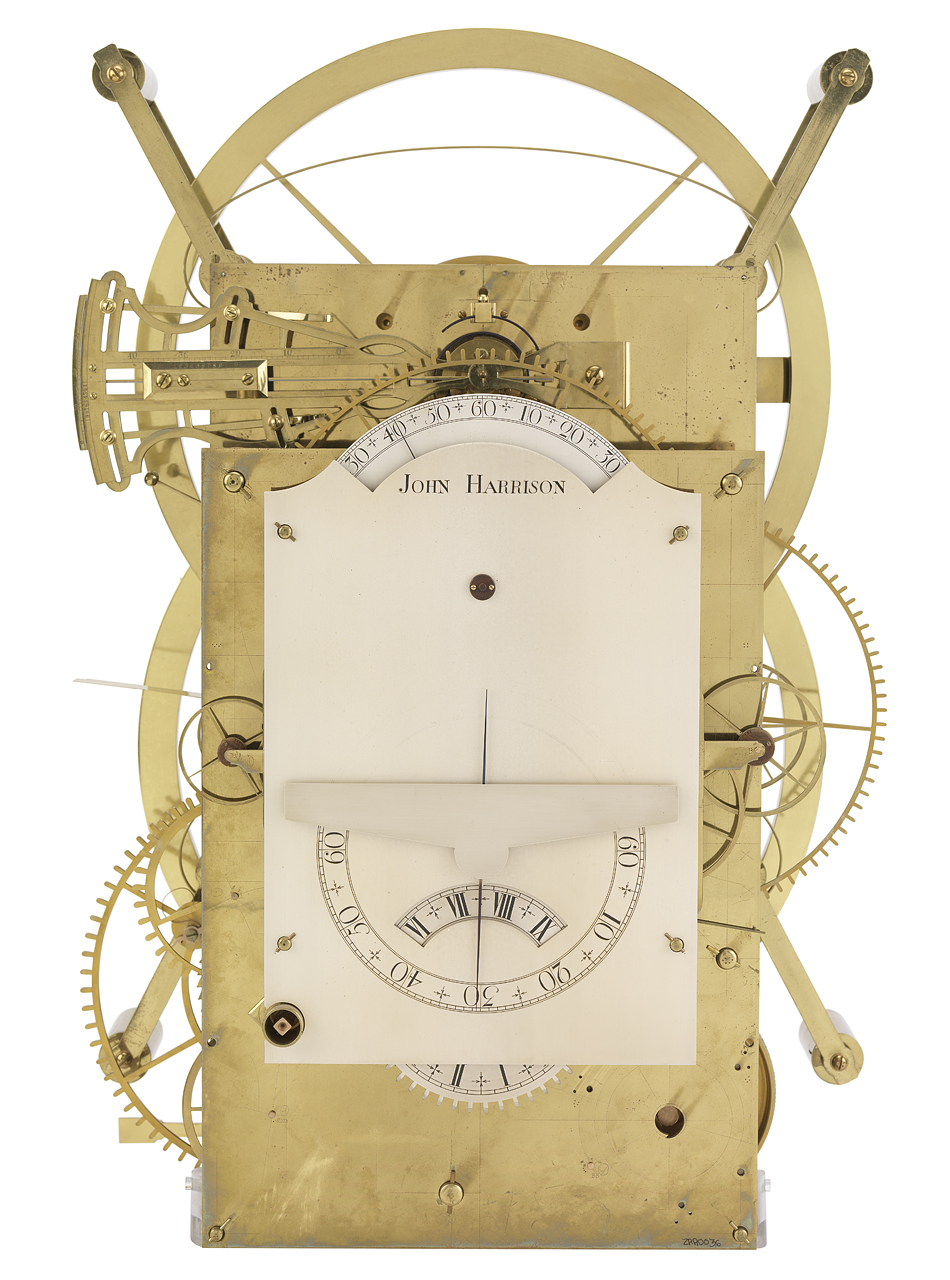and was redirected to a watchmaker named George Graham. Graham gave Harrison the money he needed to begin his first chronometer, and thus, began
Harrison's over 30 year venture into the Longitude Problem.

http://collections.rmg.co.uk/collections/objects/79139.html
This is the first chronometer, called H1, (built between 1730-1735)
designed by Harrison. It weighed 75 pounds and had a base of 4x4 feet.
There was a test sailing of it from London to Lisbon, where it lost three seconds. It didn't
quite meet the criteria for winning the prize, but was better than anything that had yet
been created.
Harrison requested more funds from the Board, to begin working on a better time keeper.

http://collections.rmg.co.uk/collections/objects/79140.html
The second chronometer, called H2, was built between 1737 and 1739, and weighed
86 pounds, but fit into a smaller container than H1.
Harrison had no intention of testing H2 upon completion, because he realized
he had not accounted for the bar balances in the clock becoming
unbalanced when a ship makes a sharp turn.
The chronometer was very sturdy, however, and survived a number of tests that involved
heating and cooling, and rocking similar to what it would experience during
a ship's storm.
The Board granted Harrison more money to begin a third chronometer.

http://collections.rmg.co.uk/collections/objects/79141.html
The third chronometer, called H3, was built between 1741 and 1763 and weighed 60 pounds.
Harrison used circular balances on H3 to account for the sharp turns of a ship.He also used a
bimetallic strip made of brass and steel, which negated the effects of
heating and cooling on metal components.
Harrison knew this chronometer would not pass the longitude test, and requested more money
from the Board, which was granted.

http://collections.rmg.co.uk/collections/objects/79142.html
The final chronometer, called H4, built between 1755 and 1759.
It was 5 inches in diameter and unlike any of Harrison's previous chronometers.
Along with being much smaller and lighter, the watch also required frequent oiling,
whereas his previous chronometers did not.
H4 was tested on a voyage from London to Jamaica. Over a voyage of 81 days, the watch only lost 5 seconds.